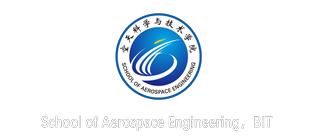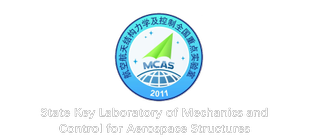Dynamics of a deployable mesh reflector of satellite antenna: form finding
and modal analysis
Pei Li, Cheng Liu, Qiang Tian, Haiyan Hu, et al
Abstract: Mesh reflectors with large apertures have been used in many communication satellites. The performance of antenna reflectors crucially depends on the faceting error of the reflective surface, which is approximated by using meshes. The force density method (FDM) has been widely used for the form-finding analysis of mesh reflectors. However, after performing form-finding of some meshes, the effective reflective area will decrease. In addition, the form-finding of the auxiliary mesh has received little attention, and it cannot be achieved by using the FDM. Thus, in this study, an effective form-finding methodology that combines the iterative FDM and the minimum norm method (MNM) is proposed. To consider the flexibility of the reflector ring truss, a static analysis of the ring truss under the tension force actions is also performed in the form-finding processes. The reflector flexible parts are described by the absolute nodal coordinate formulation (ANCF). Finally, the form-finding analysis of the reflector with the standard configuration, the central hub configuration, and the circular configuration is performed to validate the proposed methodology. The influence of the mesh tension force on the reflector natural frequencies is also studied. After performing the form-finding analysis, the initial configuration of the reflector with tensioned meshes for the deployment dynamics study can be determined. Based on this paper, the deployment dynamics of a complex AstroMesh reflector will be studied in a successive paper “Dynamics of a Deployable Mesh Reflector of Satellite Antenna: Parallel Computation and Deployment Simulation.”
原文链接: https://asmedigitalcollection.asme.org/computationalnonlinear/article-abstract/11/4/041017/477436





